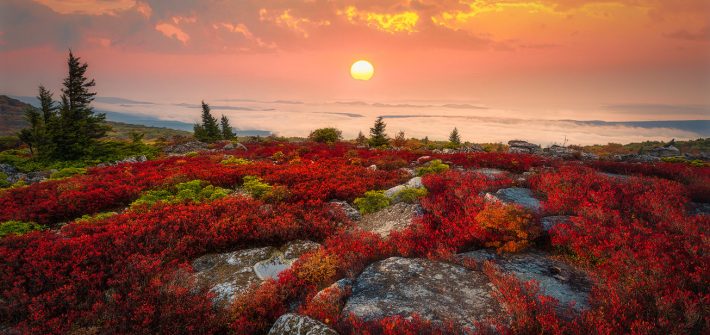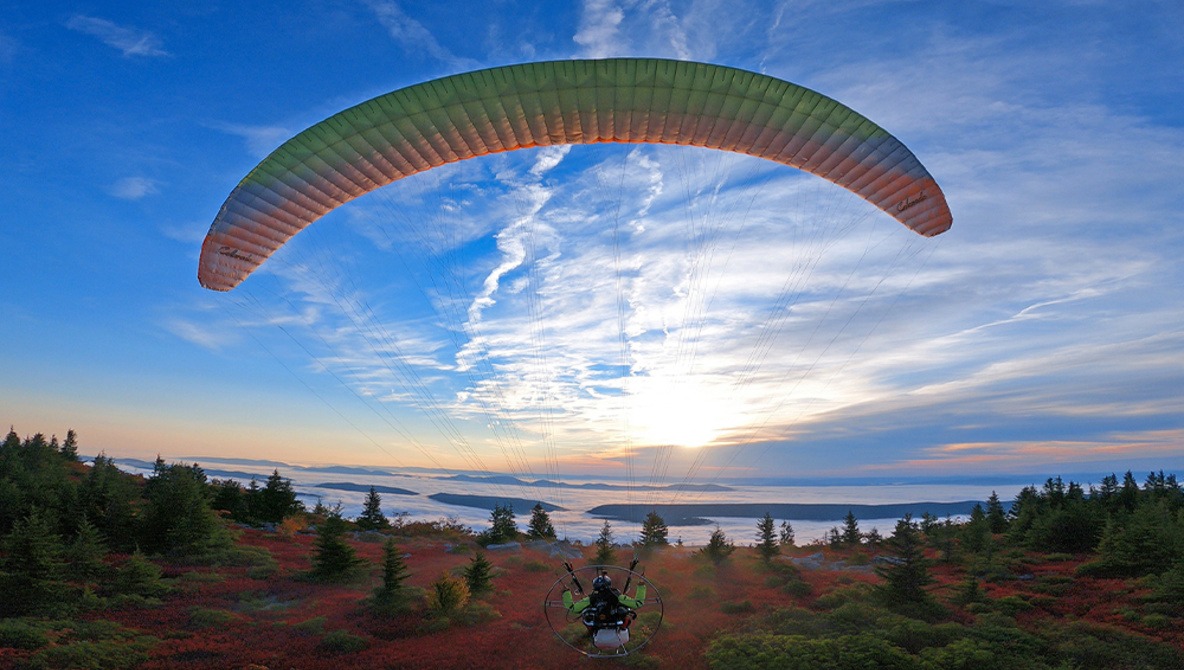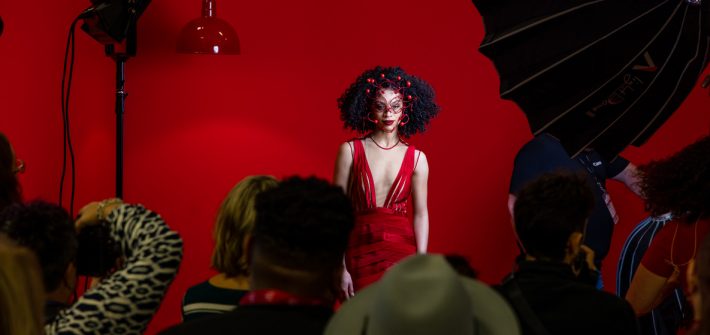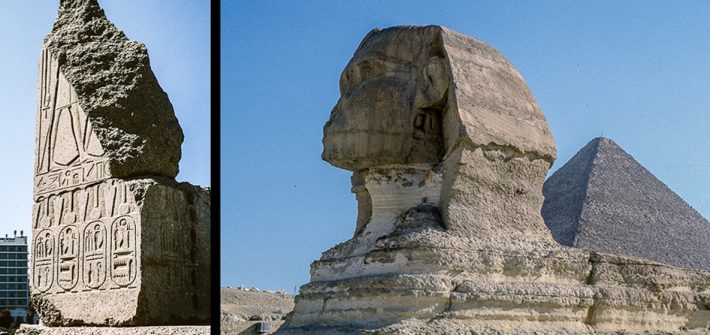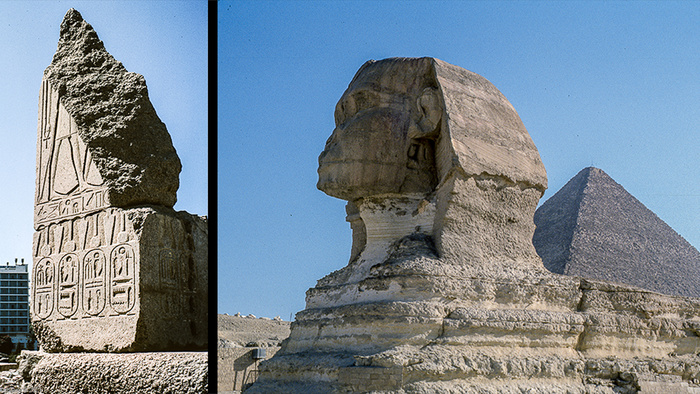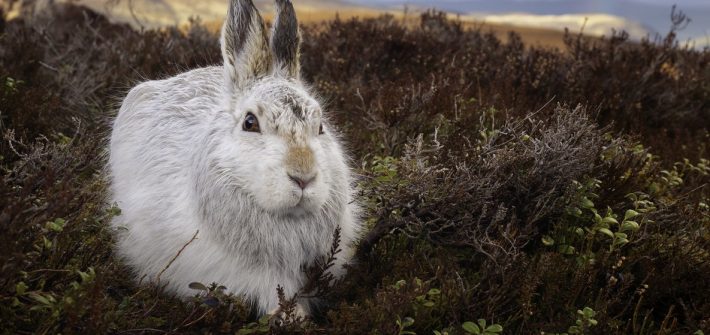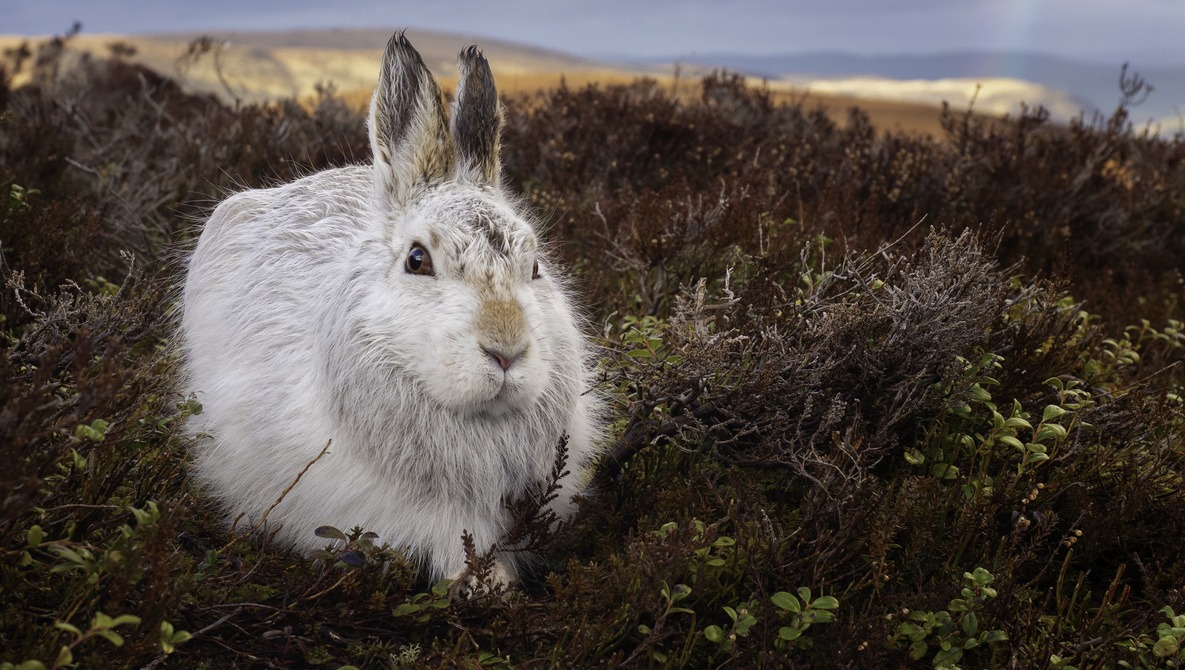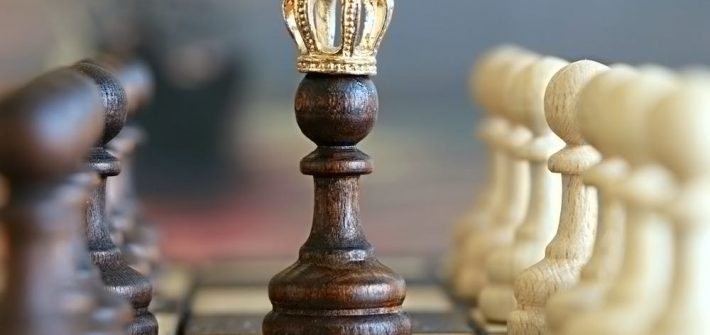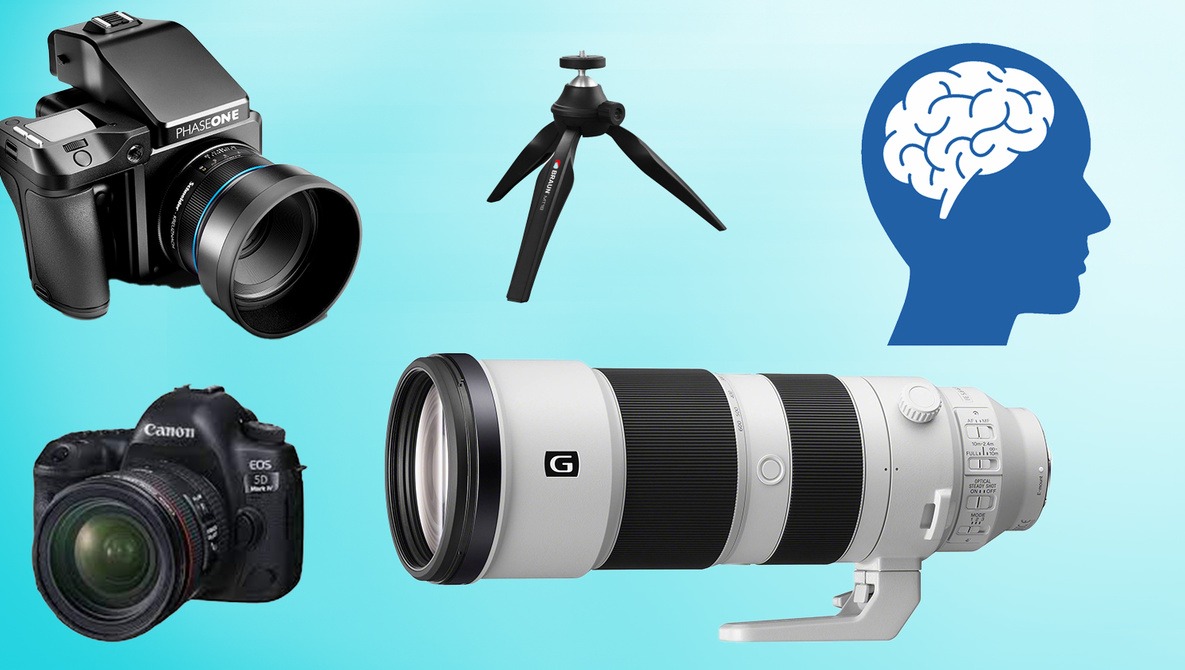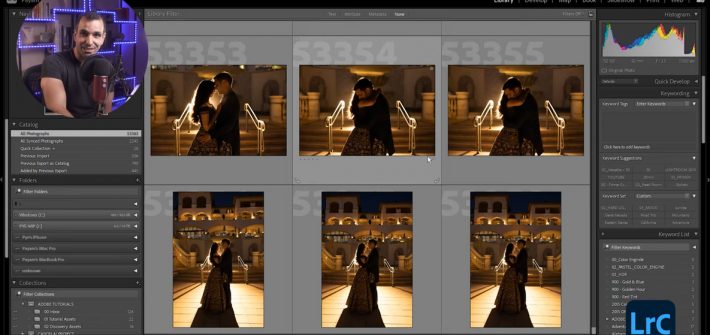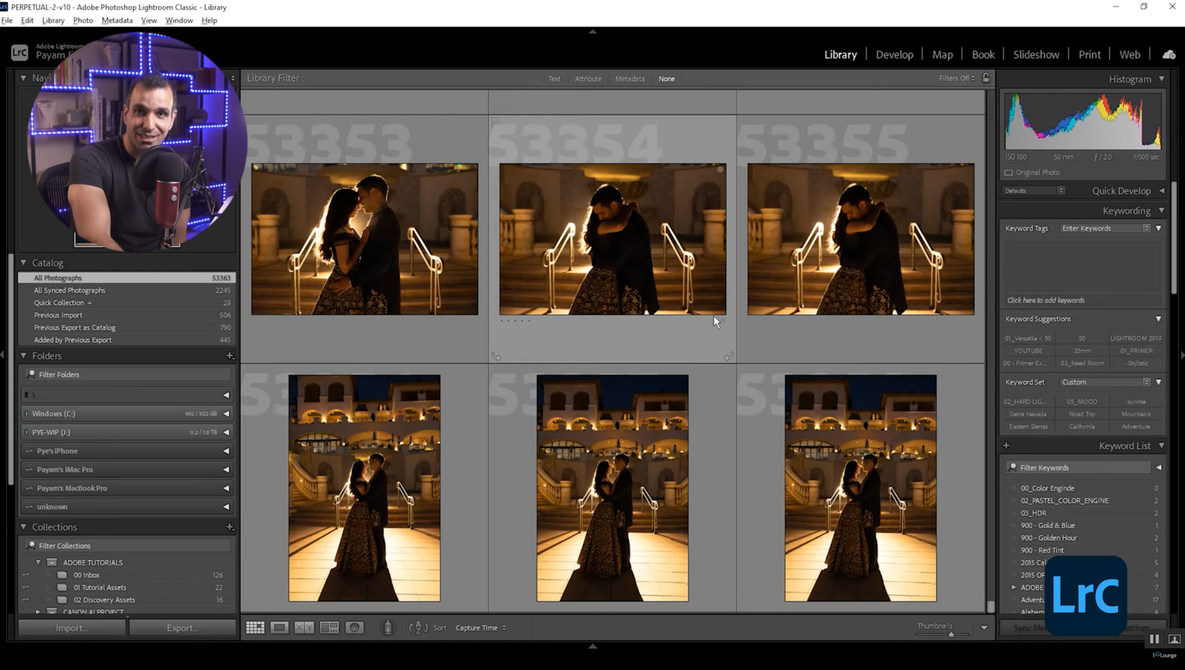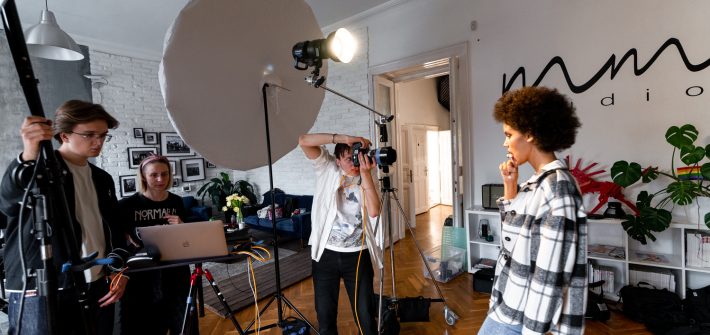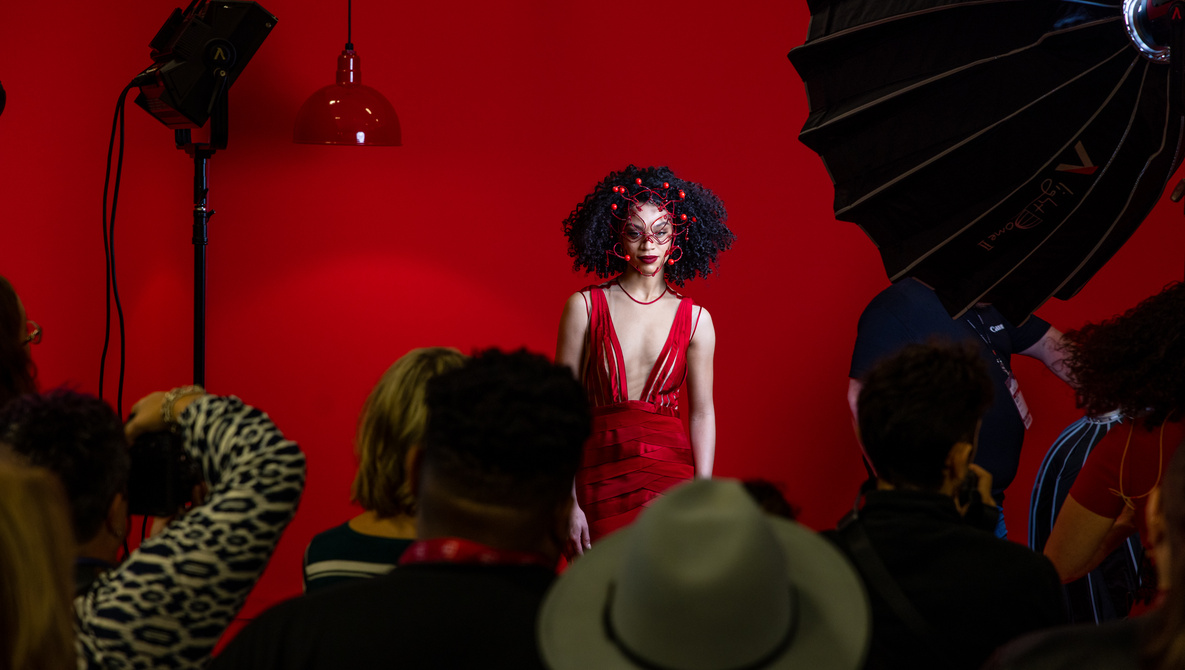
I woke up enlightened, inspired, and in slight disbelief. I had been elevated by Simon Bailey, instructed by Lindsay Adler, photographed by Mark Mann, and chatted up by Peter Hurley. I had watched artificial intelligence write, cull, and edit; and I partied the night away with over 10,000 photographers. Was this every photographer’s fantasy dream played out in my sleep? No, it was my first trip to Imaging USA. In this article, I will recount my favorite notes and highlights from Imaging USA. Alas, it’s not all glam: I’ll also share about the closing keynote which left the crowd shocked and offended. Let’s review my first trip to Imaging USA.
[ Read More ]
![]()
